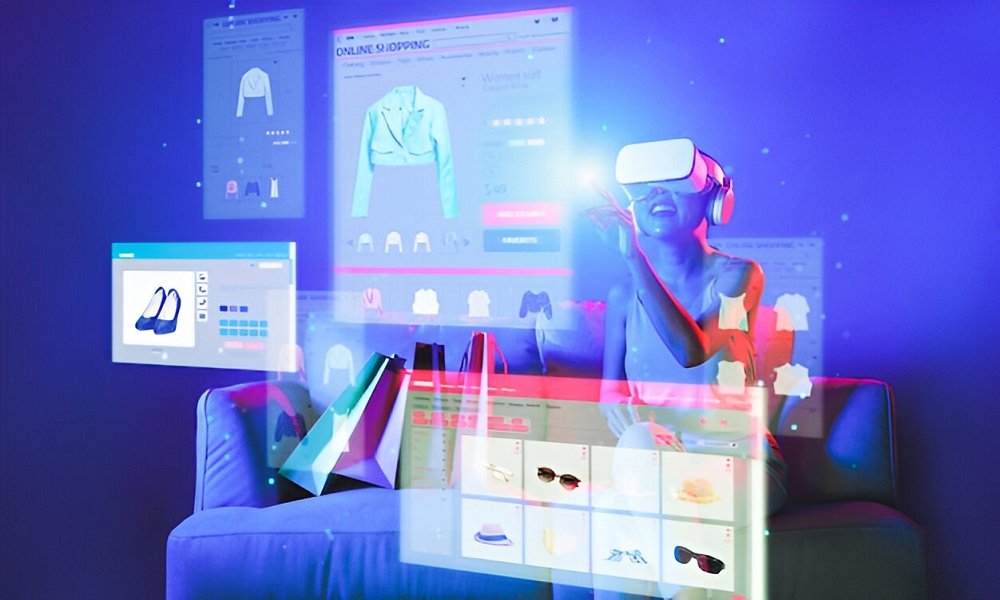2025 Trends in Product Design: What’s Shaping the Future of User-Centric Innovation
The product design landscape is changing at a record rate. As we step into 2025, product designers will have to merge technology with creativity like never before. From AI integration to hyper-personalization, the trends influencing product design this year are based on the requirements of innovation, inclusivity, and frictionless user experiences. If you are an aspiring designer or a company that wants to stay ahead of the curve, knowing these trends is essential. And taking a highly ranked product design program can keep professionals at the forefront.
1. AI-Powered Design Thinking
Artificial Intelligence continues to be a game-changer in product design. In 2025, AI is no longer a tool but a co-creator. From repetitive design automation to predictive insights on user behavior, AI is simplifying workflows and creating intelligent products. Generative AI-powered tools can produce design variations, suggest UX enhancements, and even write code. For designers, prototyping faster and more creative solutions are on the horizon.
2. Hyper-Personalization
Users today want products to learn and conform to their individual tastes. Hyper-personalization is the use of data, machine learning, and AI to provide personalized user experiences. In 2025, this has reached a whole new level, from dynamic interfaces that adjust according to user mood to products that learn and adapt as they are used. Designers now need to think beyond personas and design for actual user behavior in real time. Developing this skill through product design courses can create tremendous career opportunities.
3. Sustainable and Ethical Design
Sustainability is no longer a choice. With increasing environmental issues and mindful consumerism, designers in 2025 are making sustainability the centerpiece of the design process. This entails utilizing sustainable materials, reducing waste, and designing for durability and reuse. Ethical design also takes into consideration inclusivity, accessibility, and data privacy. Designing products that are not just functional and good-looking but also socially responsible is the focus.
4. Immersive Design with AR/VR
The emergence of AR (Augmented Reality) and VR (Virtual Reality) technologies is empowering designers to design immersive experiences as never before. Product designers in 2025 are using AR/VR to prototype and test products in virtual environments, receive user feedback, and make iterative modifications with ease. This immersive process facilitates better team collaboration and final product results. One can develop a strong understanding of these technologies through a product design course.
5. Voice-First Interfaces
As smart speakers and voice assistants gain popularity, voice-first interfaces are reaching the mainstream. In 2025, product designers will need to go beyond screens and create conversational experiences. This requires knowledge of user intent, tone, and natural language processing to design intuitive voice interfaces. Adding voice design to your toolkit can make you stand out in a competitive industry.
6. Cross-Platform Consistency
With consumers using products across a variety of devices, ranging from smartwatches and smartphones to automobiles, consistency in user experience is paramount. Designers of 2025 are embracing the system-based method, where branding, usability, and functionality remain consistent across platforms. This needs to be strongly supported by understanding design systems, UI/UX principles, and responsive design processes, all of which are typically included in a solid product design course.
7. Data-Driven Design
Product decisions in 2025 are more and more data-driven. Designers are making use of analytics, A/B testing, and insights from user research to make informed design decisions. This way, every design decision is supported by data and driven by user expectations. To learn how to read and act on data-driven insights is now a necessary component of any product design course in India.
8. Inclusive Design Principles
In 2025, inclusivity is not a trend – it’s the norm. Designers are incorporating accessibility right from the beginning so that products serve users of all abilities and backgrounds. This includes color blindness considerations, motor ability, language, and cultural appropriateness. Inclusive design enhances overall user experience and expands market reach.
9. Emotional Design
Design is not only a question of how something works but also of how it feels. Emotional design is all about producing products that speak to users on an emotional level. In 2025, designers care about empathy, storytelling, and emotional intelligence. It might be a happy onboarding animation, a relaxing color scheme, or a soothing sound. The aim is to create a genuine connection between the product and the user.
10. No-Code and Low-Code Tools
The emergence of no-code and low-code platforms is making product design more democratic. In 2025, designers who are not necessarily steeped in technical expertise can create working prototypes and even finished products with tools such as Webflow, Bubble, and Framer. These enable quicker iterations, real-time testing, and easier handoff to developers. It is now a central part of most product design curricula to learn these tools.
Final Thoughts
The future of product design is dynamic, data-driven, and human-centered. With technology advancing by the day, so should the skills and mindsets of product designers. As a student, working professional, or business leader, staying current with the trends can provide you with a competitive advantage.
Joining a product design course in India can equip you with future-proof skills, learn from industry experts, and create a portfolio that gets noticed. From AI integration to inclusive design, 2025 is an exciting time to be in the field of product design, and those who learn to adapt fast will be at the forefront.






